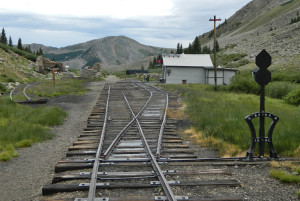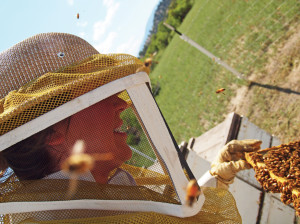By Ericka Kastner
• Bee brokers pay between $140 and $180 per hive to rent it for pollinating. The stronger the hive (more bees, more pollen, more honey), the more a broker will pay. Weak hives may get put back on the truck and returned to their beekeeper.
• Honey is made from flower nectar. Bees collect nectar by drinking it; they carry it in their stomachs and regurgitate it when they arrive at the hive. The bees then flap their wings to evaporate the water from the nectar; this in turn creates heat, and honey is produced.
• Each honey-filled cell in the hive is capped over with wax generated from a wax gland on the underside of a bee’s belly.
• All of a bee’s work is done with her hands. Female worker bees are the honey makers and super tidy hive housekeepers. The sole purpose of the male drone is to mate with the queen. He dies immediately afterwards.
• A queen bee lays an average of 2,000 eggs each day. They are fed royal jelly made especially for them by the worker bees.
• Once winter arrives, if there are too many drones in the hive stressing available food sources, the worker bees kick the drones out of the hive. Healthy queen bees lay more worker bees than drones.
• Beneficial vitamins, minerals and enzymes exist only in honey in its raw form. Traditional supermarket honey is heated and zapped of nutrients.
• Pollinating season in Colorado begins in May, during snowmelt, with the appearance of dandelions. The honey flow begins in late June or early July.




